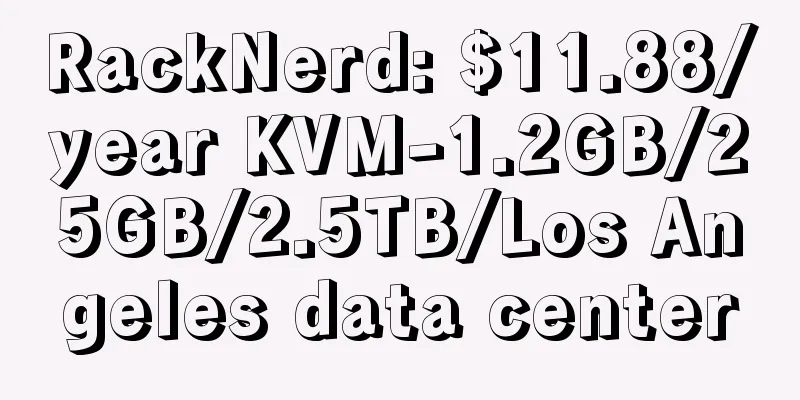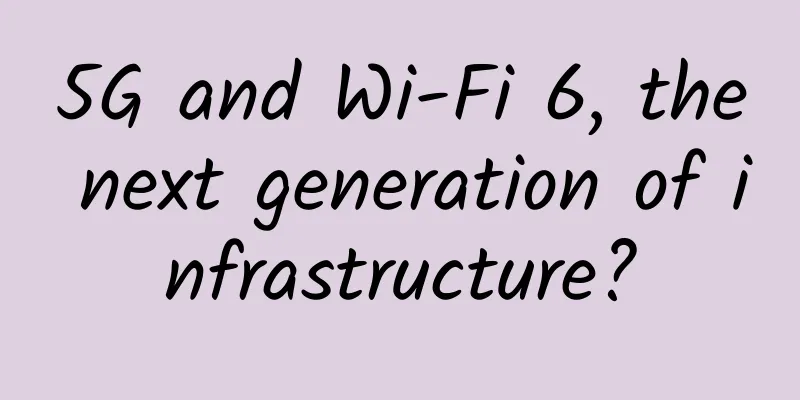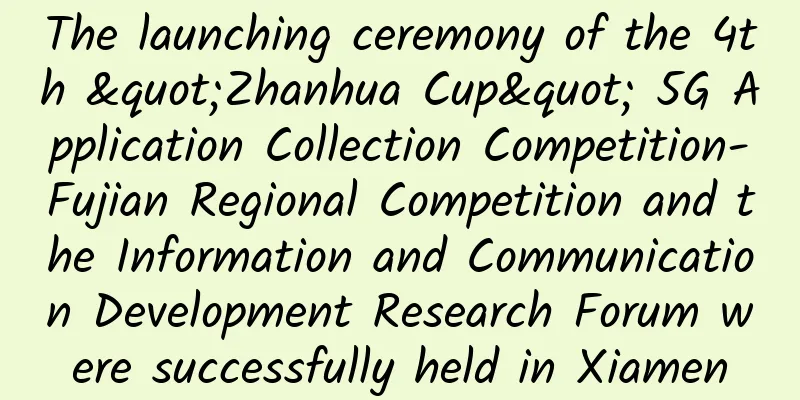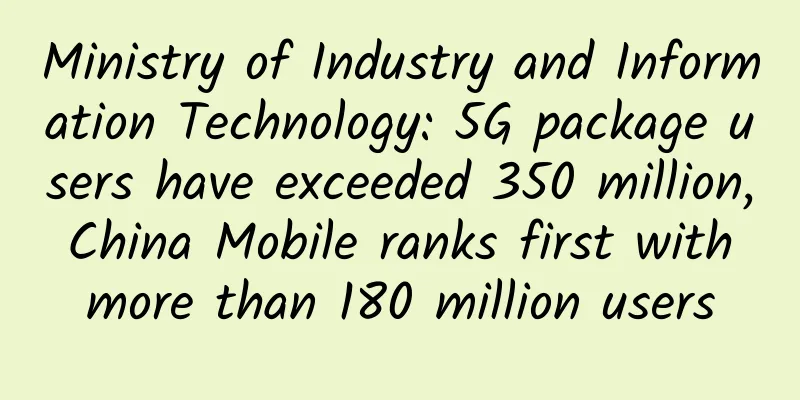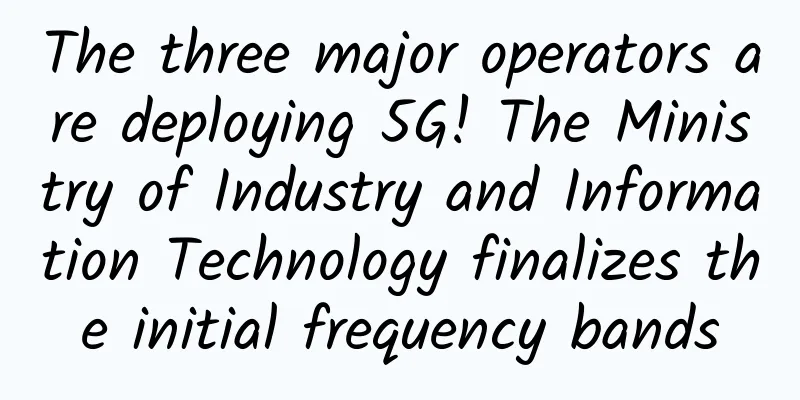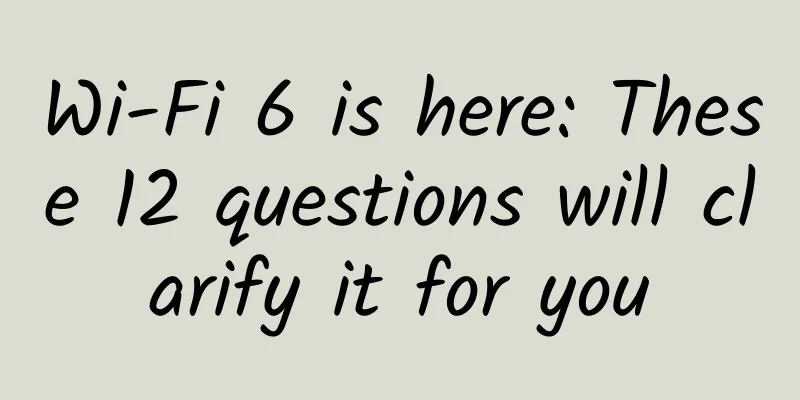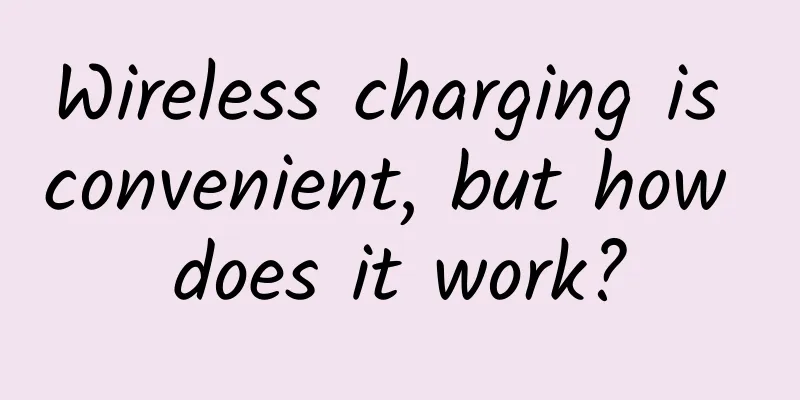Why is Web 3.0 important? What are the basics you need to know?
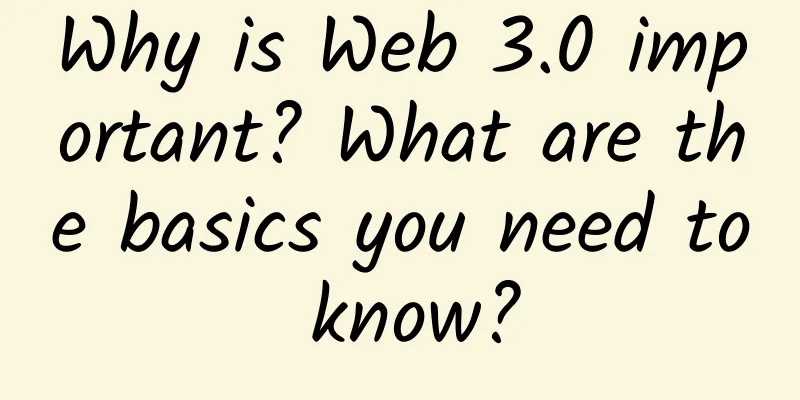
|
Editor's Note: What is Web 3.0? How does it differ from Web 2.0 and 1.0? Matteo Gianpietro Zago has his own opinion. He is the president of The Internet of Blockchain Foundation, an investor, and the founder of Essentia.one. Looking back at Web 1.0 Many people have paid attention to Web 3.0, which will bring earth-shaking changes to the industry, but why did Web 3.0 appear and what will it bring? Only very few people really know. In order to understand Web 3.0, it is necessary to go back to the past and understand the previous Web 1.0 and 2.0.
Just like the Middle Ages, Web 1.0 was not given a name until it was covered in dust. The World Wide Web was just a bunch of static websites filled with information and not much interactive content. If you wanted to go online, you had to dial up through a complicated modem. Once someone was online, other people in the room couldn't make calls. In that era, AOL chat rooms, MSN Messenger, AltaVista, and Ask Jeeves dominated the Internet. The Internet speed was very slow at that time. Want to watch streaming videos and listen to music? Don't dream. It took at least a day to download a song. Then came Web 2.0 Modems and boring interfaces began to fade away. Faster networks paved the way for interactive content. At this point, the Internet is not just for "watching", but also for "participation". A wave of information sharing has emerged around the world, entering the era of "social media". YouTube, Wikipedia, Flickr, and Facebook have turned silence into sound, and like-minded communities have begun to emerge. It only takes 30 seconds to publish this blog post because designers, developers, and managers work together to make website editing simple, and the experience has made great progress. We can call this era the "Read-Write-Publish" era, which means that information dissemination is as simple as these three words. This leads to another question: Web 2.0 is great, what else is wrong? Information is money According to UN estimates, from 2000 to 2015, the number of Internet users increased from 738 million to 3.2 billion. With so much data, big companies began to realize that personal information is a priceless asset. At first, they stored large amounts of data on central servers, with Amazon, Facebook, and Twitter becoming data custodians. When using services, users sacrificed "security" in exchange for "convenience": whether users knew it or not, their identities, browsing habits, searches, and online shopping information would be sold to those who offered higher prices. 3.0 Revolution At this stage, advocates of Web 2.0 began to look forward to the emergence of a successor. They believed that the next generation of the Internet would return to the vision of Web 1.0: to allow more people to join and strengthen privacy protection. In the past, the power of data was concentrated in the hands of giants, who may have impure motives, but in the future, it will be owned by the right owners. This is a fairer and more transparent network. As early as 2006, some people wanted to build it, but the tools and technology at that time were not mature enough to realize it. It took another three years for Bitcoin to be born, followed by distributed ledgers, blockchain, and P2P digital storage technology. The core of the concept is "decentralization", and blockchain is the means. Now we have a human-centered network. Professional private network and anti-monopoly network While Web 2.0 fostered many power structures and created new opportunities, the economic engine was largely private and monopolistic. Facebook, Uber, AirBnb created private networks for public infrastructure, and they dominated the public infrastructure. Web 3.0 is the exact opposite, it is about "multiple profit centers" that share value on an open network. It is not difficult to imagine that in the near future, encrypted phones, VPNs, decentralized storage and cryptocurrency wallets will be widespread. There are network providers and mobile network providers that clean and monitor our information now, and there will be no need for such institutions in the future. If we don’t want to get into a "Black Mirror" privacy hell, we need such tools. In comparison, Web 3.0 will have many advantages: - No central point of control: By removing the middleman from the equation, blockchains (such as Ethereum) provide a new platform where the rules are unbreakable and data is fully encrypted. No government or entity can kill a website or service, and no single individual can control anyone else's identity. -- Data ownership: End users will once again have full control over their data, with encryption security. Information can then be shared on a case-by-case basis and in an approved form. At the moment, large companies (such as Amazon and Facebook) have deployed a large number of servers to store all kinds of information. Not only can they improve their services by controlling the data, but marketers and advertisers also pay a lot of money for the data every year. ——Hacker attacks and data leaks are greatly reduced: Because data has been decentralized and the distribution method has changed, hackers must shut down the entire network to steal, and some state-sponsored tools (such as Vault7) will be eliminated. For now, Internet companies have to hand over user data or surrender and let certain agencies review the entire database. These "data intrusion incidents" are wide-ranging and not limited to major security threats (such as terrorist acts). In 2017, Coinbase took the IRS to court because the IRS requested to view the data of 15,000 customers. Coinbase ultimately lost the case, which cleared the way for government entities to view customer financial data with little justification for such intervention. Unfortunately, this is not the only example; in 2013, secure email provider Lavabit chose to shut down its service because it was unwilling to hand over its SSL keys to the US government, which wanted to monitor Snowden. - Interoperability: Apps will evolve and move closer to customization, without being restricted by devices, and can run on smartphones, TVs, cars, microwave ovens, and smart sensors. For now, applications are OS-oriented and are often limited to a single operating system. For example, many Android cryptocurrency wallets are not available on iOS, and some people want to use them on multiple devices, which makes it difficult. This situation also brings trouble to developers, who must constantly update and upgrade when developing software. - Blockchain without permission: Anyone can create an address and then interact with the network. Accessing a permissionless chain is a powerful force that cannot be overstated. Users will not be restricted by factors such as geographic region, income, gender, orientation, and other social and demographic factors. Wealth and digital assets can then be transferred across borders very quickly and efficiently, anywhere in the world. - Uninterrupted service: By then, service account suspensions and distribution denials will become less and less common. Since there is no single point of failure, the probability of service interruption is very low. Data is stored on distributed nodes, so there will be multiple backups to prevent server interruptions. How does it work? Like any emerging technology, this one is evolving. To access the decentralized web, all you need is a “seed.” It will be a single asset that allows us to interact with dApps and other services. Individuals will access the web using a web browser, and from the outside, the web will look and feel as friendly as Web 2.0. On the surface, the learning curve from 2.0 to 3.0 is not too steep. But behind the scenes, the framework that connects users to digital services is completely different. Transactions are signed and verified manually, and the platform cannot extract personal information without specific reasons. Web users will choose to participate rather than opt out.
Akasha and Steemit will take over Facebook, Brave browser will take over Chrome, Ethlance, and will also replace Upwork. I just picked a few examples. When Web 3.0 arrives, new platforms will emerge and the market will be competitive and not dominated by monopolistic service providers. In 3 years, the best dApps and decentralized services will be popular and they are no longer just twinkles in the eyes of developers. The basic concept is this: for now, decentralized apps, wallets, platforms, and other digital assets are all decentralized and are part of Web 3.0; if you want to connect to these interfaces, you need separate seeds, logins, and identities, just like the existing Web 2.0. Essentia.one will connect completely unrelated platforms with a single seed. It operates in the form of cryptographic keys that are tied to their owners, and Essentia will provide us with an identity verification platform, but it will not collect too much personal identification information unless necessary. Web 2.0 did not automatically suppress Web 1.0. In today's Internet world, Web 1.0 is still alive. When we move to 3.0, it will take some time and integration with the existing network system. The wheels are rolling and the train has left the station. Web 3.0 is a revolution. We have set off and cannot turn back. |
<<: Operators implement unlimited packages. Netizens: Old users and dogs are not allowed to apply
>>: Smart home wiring, wired or wireless?
Recommend
SSL/TLS protocol for secure Internet of Vehicles communications
Preface As car travel becomes increasingly intell...
The history of the changes in Spring Festival Gala red envelopes: Why are Internet giants rushing to appear on the Spring Festival Gala?
The Spring Festival is getting closer and closer,...
6 AI Elements You Need for a Wireless Network Strategy
Thanks to advances in artificial intelligence (AI...
UCloud Xu Liang: Three IPv6 external network access solutions to fully meet users' multi-stage needs
[51CTO.com original article] On May 28, 2019, UCl...
Regarding number portability in my country, you should pay attention to these 7 pieces of information conveyed by the Ministry of Industry and Information Technology
Throughout 2019, there are actually two important...
Foreign operators are using 5G to replace wired broadband. Will domestic operators do the same?
In the imagination of domestic users, the main ap...
China Telecom and Huawei establish a joint business innovation center to achieve win-win business through innovative cooperation models
China Telecom and Huawei jointly announced the es...
NASA to launch laser communications relay demonstration mission this year
According to foreign media, NASA has a mission ca...
What is a Bluetooth gateway and how to use it?
What is a Bluetooth Gateway? A Bluetooth gateway ...
Front-end Science: What is an API Gateway? Why is it useful?
An API is often referred to as a front door for a...
What impact will the Internet of Things have on corporate business?
Nowadays, whether people like it or not, the Inte...
“Unlimited” is just a cover. Which data card is the most cost-effective?
In order to use more affordable mobile data, I be...
The development of 5G should obviously not come at the expense of limiting WiFi speed
[[442942]] In today's article, we are not goi...
Illustrated TCP three-way handshake: building a network session step by step
In Internet communications, ensuring the reliabil...
China's 6G network will be commercially available in 2030 to help realize the "intelligent connection of all things"
On June 6, the IMT-2030 (6G) Promotion Group offi...
